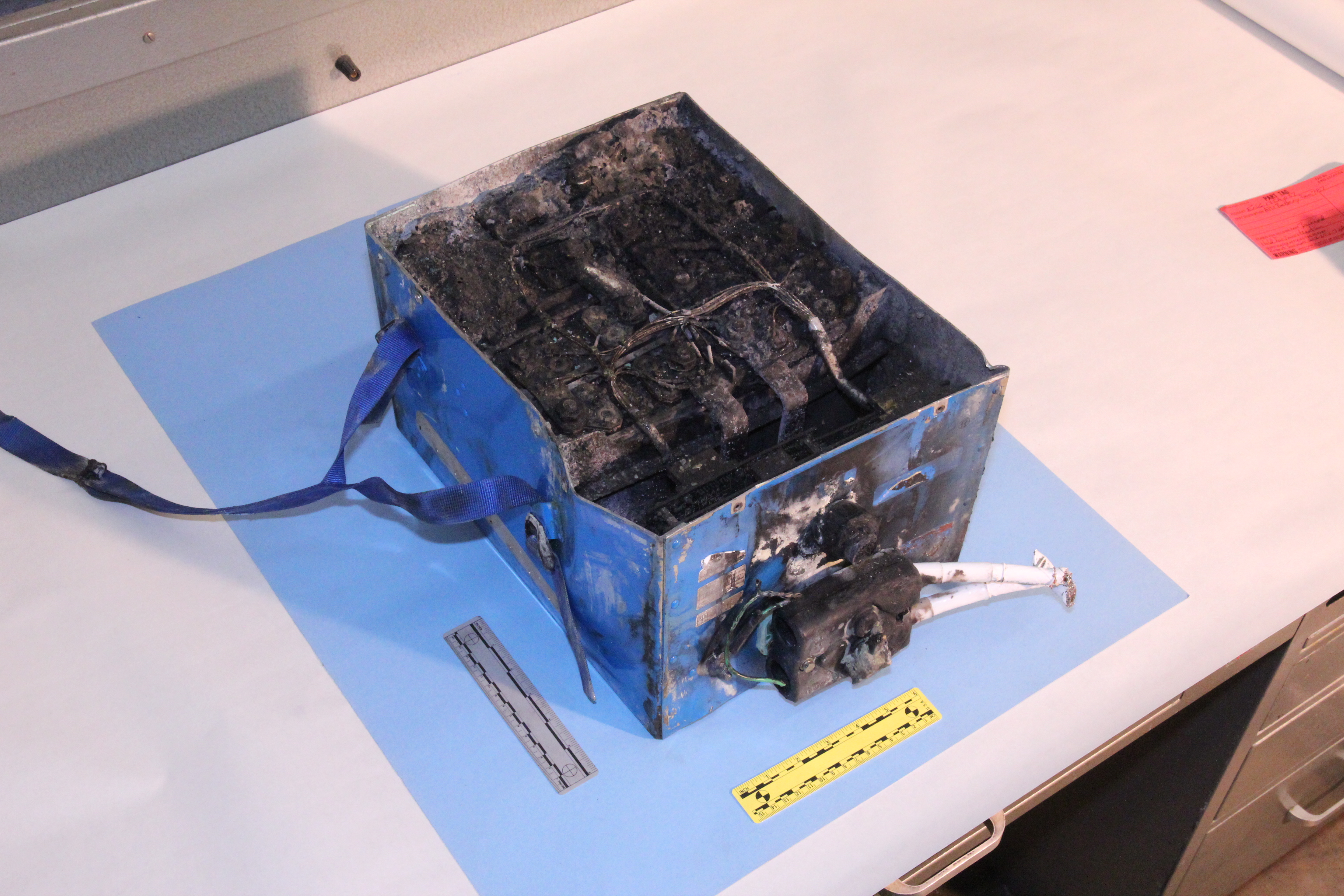Boston University News Service – Before synthetic nitrogen fertilizers existed, plants and bacteria worked together to return nutrients to the soil. A type of bacteria living in plant roots, called nitrogen-fixing bacteria or Rhizobia, enriches the soil with nitrogen from the atmosphere, making it available to the host plants. But not all plants can host Rhizobia, because the plants’ immune systems repel the bacteria. Scientists have long believed that only legumes, or plants like soybean, pea, and alfalfa, could chemically communicate, and therefore accept, the nitrogen-fixing bacteria.
Tag: news
Explainer for the question: Can the batteries in your laptop catch on fire?
The U.S. Federal Aviation Administration grounded Boeing’s 787 Dreamliner fleet recently because of lithium-ion battery fire incidents. Similar lithium-ion batteries are found in many consumer electronic devices such as laptops, cameras and cellphones. Can the batteries in your laptop catch on fire?
An open letter to the EPA
Dear EPA officials,
I was quite excited by several headlines this weekend saying that a federal court decision had gone against the ethanol mandate. Considering the devastated corn crop from last summer’s drought, the rule forcing gasoline producers to maintain ethanol levels at ten to fifteen percent is expected to result in almost half of the corn crop ending up as ethanol. It would make a lot of sense for the rule to be relaxed this year, if not forever.
Tiny ‘wires’ and a big step forward for solar cells
This is a pretty exciting piece of news for the solar cells of the future. Although I must admit, I don’t quite agree with the use of the word ‘breakthrough’ in the title of the press release that came out last week – ‘Breakthrough in Solar Cell Research.’
Fish, mercury and ADHD
I was browsing through EurekAlert the other day for new studies to blog about and came across this title: Low-level mercury exposure in pregnant women connected to risk in Attention Deficit Hyperactivity Disorder (ADHD). Now, I normally wouldn’t follow through on such an article, as I am: a. not pregnant, b. everyone knows mercury is toxic, so it shouldn’t be surprising that it causes problems. But the word ‘fish’ in the press release got my attention because I love eating fish and yes, I like to know what’s going on with my food, so I clicked on it and read the paper.
Landscaping science – now and an example in history
A story appeared on the front page of the Boston Globe on Wednesday reporting that the National Institutes of Health (NIH) spending will be cut by 8.2% to help reduce federal deficit.





